Risk Evaluation Matrix, the first interactive risk assessment tool for steel-to-timber and timber-to-timber connections
A new, practical approach for failure-proof fastenings
Premature fastener failure isn’t caused by one factor alone, such as screw core hardness, but rather a combination of design, environmental and operating conditions. We know this for a fact – we’ve studied it, tested it on site, and verified it.
Not just a single risk factor, therefore, but a complex interplay of threats. To address this complexity, Rothoblaas has developed a practical tool: the Risk Evaluation Matrix, an interactive risk assessment matrix for steel-to-timber and timber-to-timber connections.
Without claiming to be a new standard, the Rothoblaas REM serves as a design tool able to simplify many planning decisions on site. It helps quickly identify the most critical connections, optimise the use of resources and, most importantly, implement mitigation strategies commensurate with the level of risk.
What is the Risk Evaluation Matrix
The matrix evaluates six risk factors, each rated on a scale from 1 to 3 (low, medium, high).

The total score is used to categorise each connection into one of the following classes:
Low risk (6–9): standard materials and practices are sufficient
Medium risk (10–13): targeted protective measures should be considered
High risk (14–18): advanced mitigation strategies are required
Risk factors considered
Type of connection (e.g. timber-to-timber or steel-to-timber)
Design-specified moisture content of timber
Presence of sustained overstress
Exposure to moisture during installation, transport and on site
Type of screw coating
Screw core hardness (HV)
This structure enables a comprehensive analysis of the connection: it's not enough to know whether a screw is electrogalvanised or the environment is dry. It's the combination of conditions that determines the risk.
The matrix is not intended to impose absolute values for each parameter. The assignment of scores and definition of limits can be adjusted by the user based on the specific conditions of the project, level of exposure within the site and performance requirements.
The values and weightings provided are indicative. They serve to demonstrate how the method can be applied in a structured way, but tailored to suit the context.
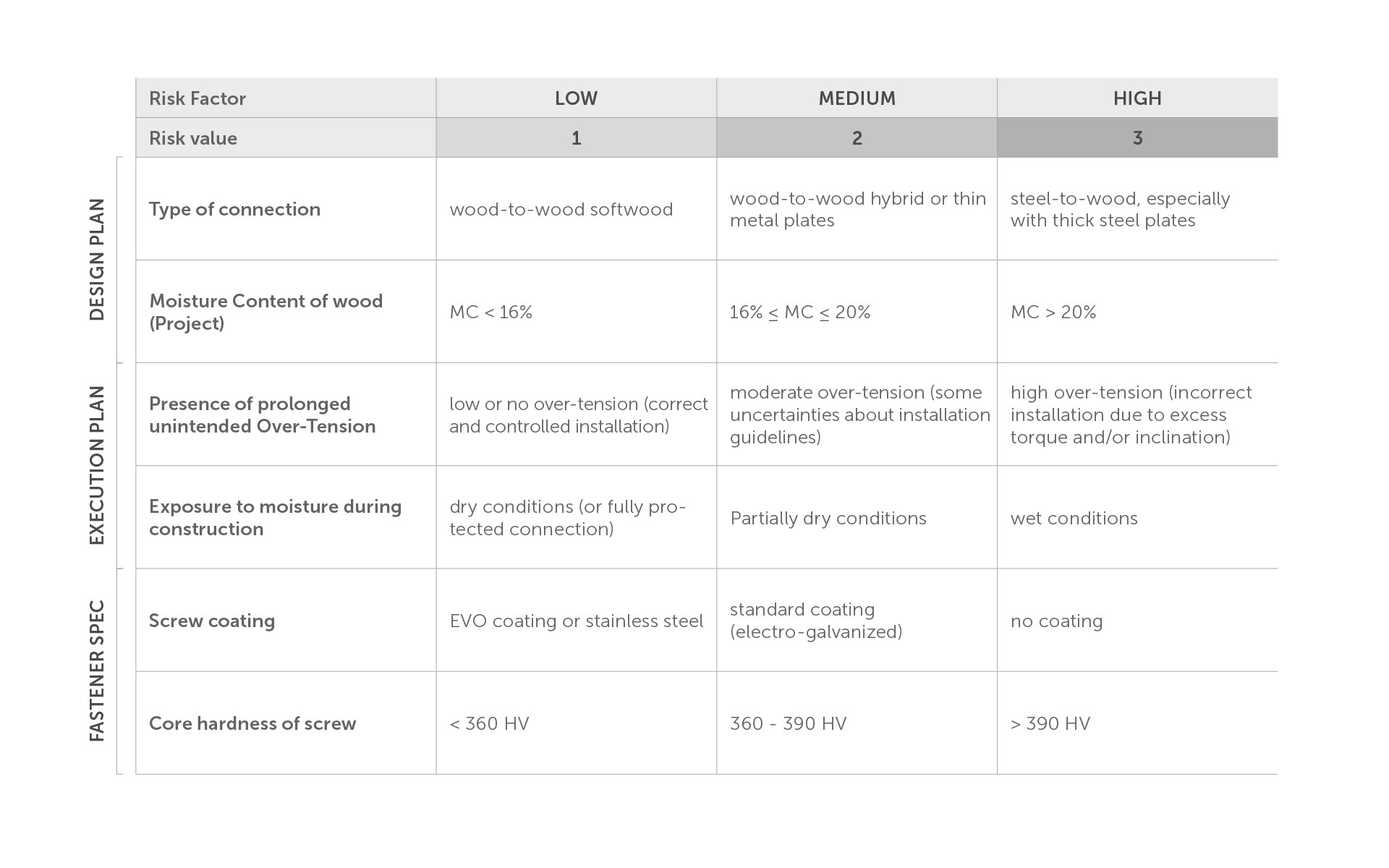
Practical examples
EXAMPLE 1 – Low-risk connection (Score: 9)
A timber-to-timber connection in an indoor environment, with a design-specified timber moisture content <16%, correctly installed, free from sustained overstress, in dry installation/site conditions. The selected screws have a standard coating and core hardness >390 HV.
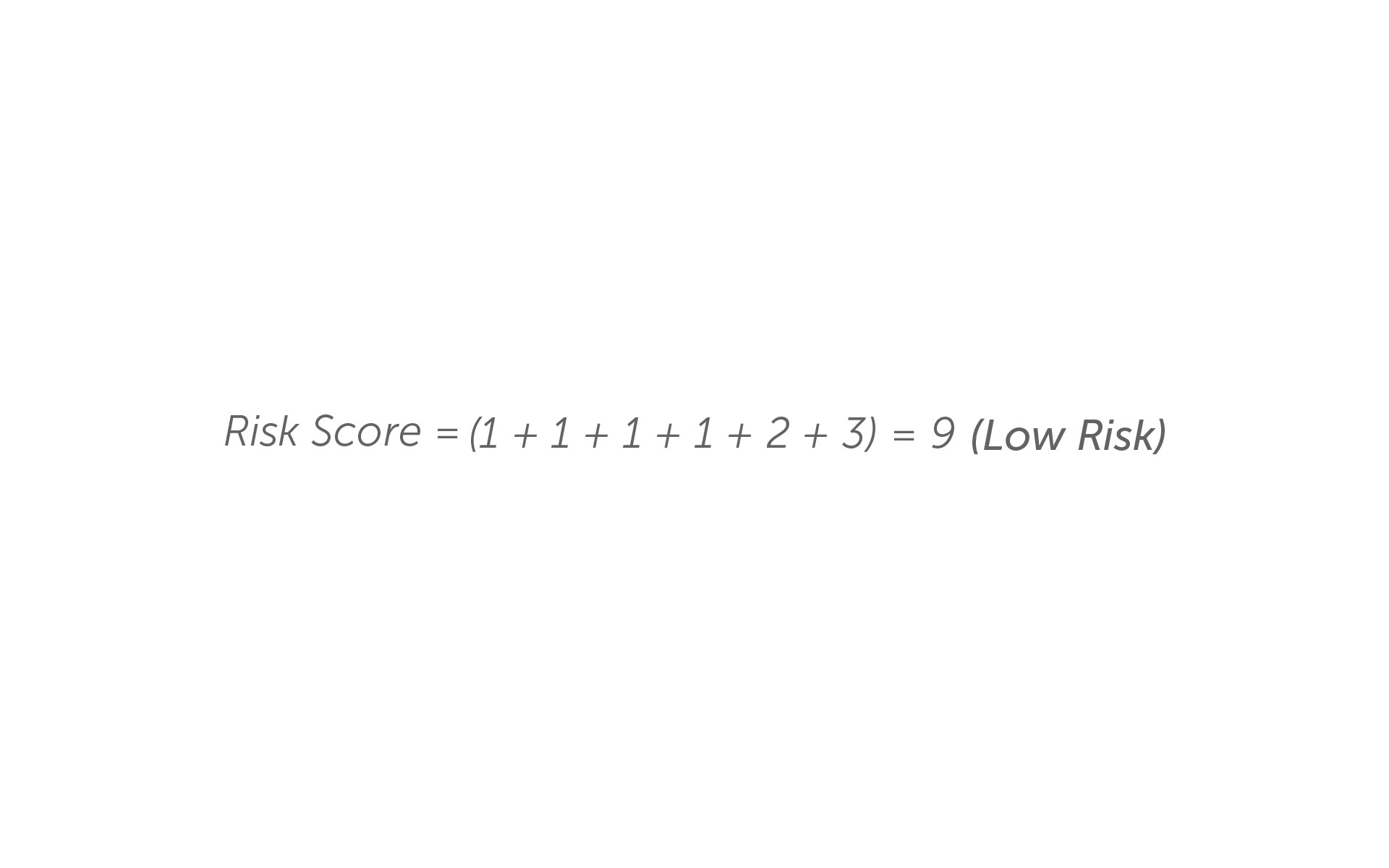
Despite the high hardness, which is potentially critical in terms of hydrogen embrittlement, the absence of sustained or unexpected stress and of moisture makes the overall risk negligible. No additional measures are required beyond standard best installation practices.
EXAMPLE 2 – High-risk connection (Score: 14)
A steel-to-timber connection using thick plates, in an outdoor or partially sheltered environment, with design-specified timber moisture content >20%. Installation conditions are uncertain regarding tightening control, and although the screws have a standard coating (electrogalvanized), their core hardness is low < 360 HV.
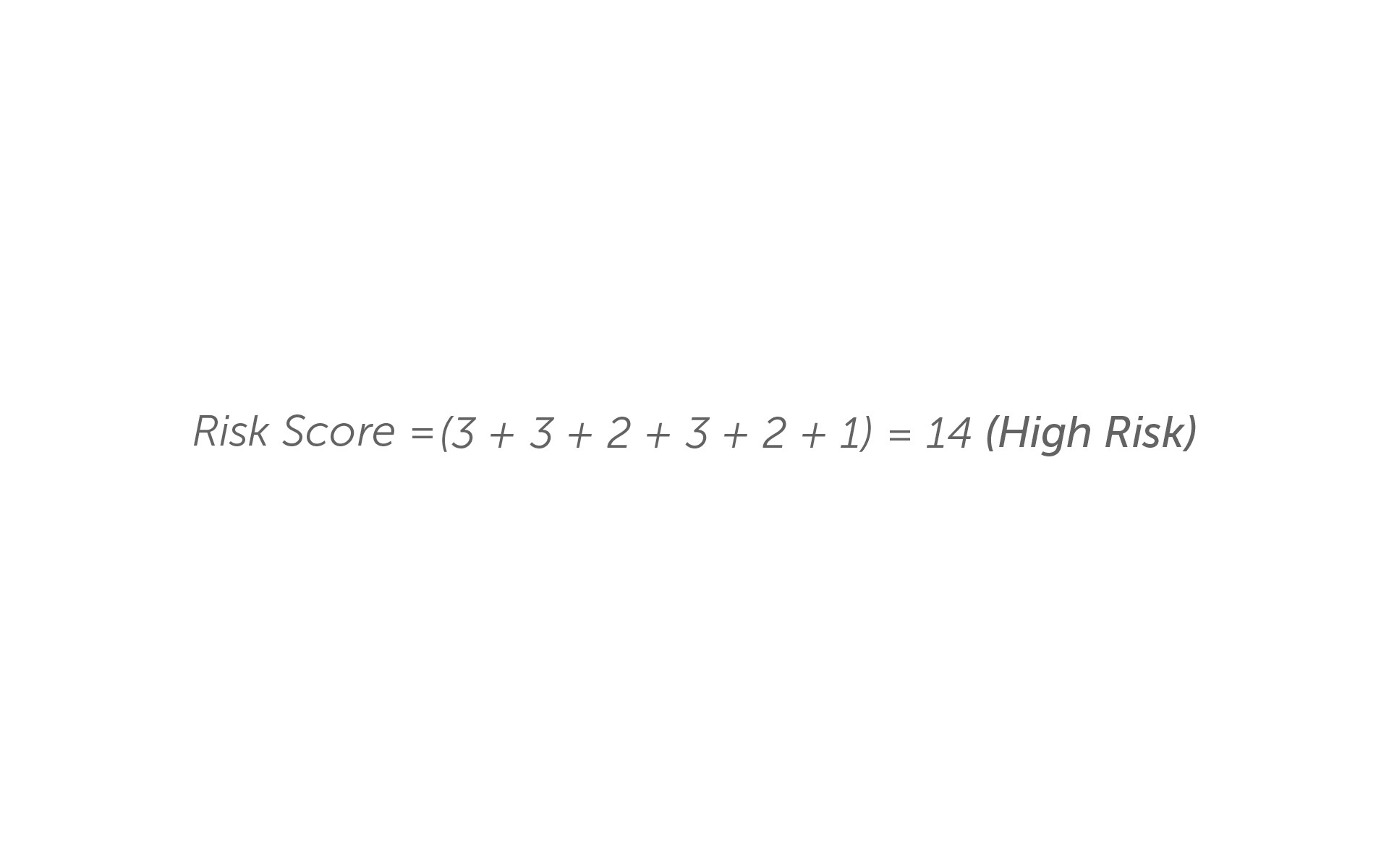
In this case, corrective measures are necessary: use of higher-performance coatings (e.g. stainless steel or EVO), inspection of torque and correct installation on site, temporary protection of the connection during exposure.
The role of core hardness: under control, but not alone
Many approaches to fastener safety have historically focused on a single parameter: metal hardness. While it's true that core hardness values above 390 HV increase the risk of Hydrogen Embrittlement (HE), considering this factor in isolation can lead to misleading conclusions.
This is precisely why Rothoblaas recommends using the risk matrix as a comprehensive evaluation tool.
Practical applications: how to use the matrix on site
The Risk Evaluation Matrix is a dynamic tool designed to be integrated into the decision-making process at multiple stages:
During the design stage, to classify connections based on exposure conditions and geometry
During procurement, to select the most suitable fasteners based on the risk
During execution, to define inspection priorities and installation techniques
Overall, the REM fits seamlessly into the operational workflow, making each stage of evaluation and decision-making more efficient.
A technical – not prescriptive – perspective
The matrix is not intended to replace technical standards, but to complement them using a proportionate approach. The advantage is twofold:
It prevents unnecessary oversizing by identifying low-risk situations where standard specifications are sufficient
It directs resources to critical connections, enabling risk awareness and the activation of targeted strategies in the presence of multiple unfavourable factors
In other words, it moves away from a “one-size-fits-all” model in favour of an efficiency-driven approach on the operational level.

The evolution of construction techniques calls for an equally up-to-date approach to risk assessment. But more complex doesn't have to mean more difficult: the Rothoblaas Risk Evaluation Matrix is designed to simplify and clear up doubts, in order to ultimately:
reduce the number of premature failures
increase confidence in steel-to-timber connections and timber construction as a whole
improve site management and resource allocation
A screw’s reliability begins well before its final tightening – it starts at the design stage, continues through production checks and ultimately depends on the awareness of those responsible for the connection on site. With the Risk Evaluation Matrix, all these stages become part of a single, integrated technical process. Take a look at the matrix on page 24 of the technical whitepaper, DOWNLOAD IT HERE
All rights reserved

